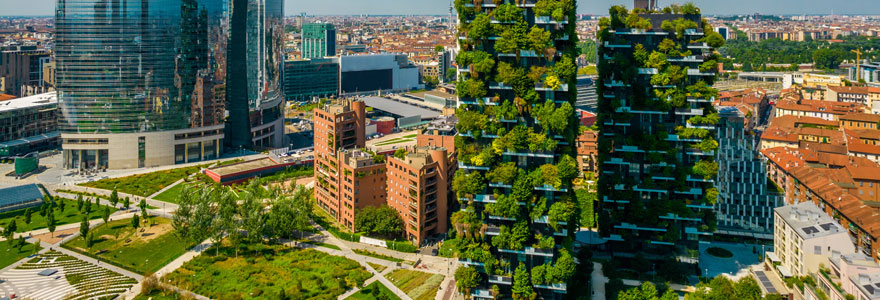
In today's urban landscape, street furniture has become an integral part of the city's design, including elements such as benches, bus shelters, public art installations, bike racks, and railings. These elements help define the character and cultural identity of a city, providing both functionality and aesthetics. However, street furniture is no longer just about providing a functional purpose; it has evolved into a means of creating more vibrant and livable urban environments. Over the past few years, there have been some truly innovative designs in street furniture, including railings, helping to unlock urban comfort in ways never thought possible. This article will explore some of these revolutionary street furniture designs, highlighting how they are increasing urban comfort and enhancing public spaces. We will delve into some of the latest advancements in street furniture innovations, particularly in sustainable materials, smart technology integration, multipurpose designs, ergonomic considerations, and even the integration of railings in street furniture. Get ready to discover new and exciting ways that street furniture, including railings, is making our cities a better place to live!
Upcycling space and vertical expansion
Urban environments can be congested and provide little space for development. This has driven urban planners and designers to adopt innovative approaches such as upcycling space and expanding vertically. Upcycling space refers to reusing a previously underutilized space for new and innovative purposes, such as converting an unused railway track into a linear park. Vertical expansion, on the other hand, involves building up, such as creating multi-story car parks, buildings, and even parks. These innovative approaches can help to create more space for people and development, improving the quality of life in urban areas.
- Upcycling space can help to revitalize and add new life to previously deserted areas
- Vertical expansion can reduce the demand for horizontal expansion
- Upcycling space and vertical expansion can provide more opportunities for development and growth, stimulating economic activity
Green spaces and sustainability
Green spaces have become increasingly important in urban areas, as they offer numerous benefits. From social and environmental benefits to economic benefits, green spaces help to create healthy and sustainable environments. They promote physical activity, reduce noise pollution, improve air quality, reduce urban heat, and can even increase property values. Given the many benefits of green spaces, some cities have adopted green roofs, vertical gardens, and parks, indoor or outdoor, to enhance sustainability in urban areas.
- Green spaces can significantly improve the quality of life in urban environments
- Green spaces can boost biodiversity, reduce urban heat, and improve air quality
- Green spaces can foster social cohesion, enhance well-being, and encourage physical activity
Smart technology integration
The emergence of new technologies such as the internet of things (IoT), artificial intelligence (AI), and big data has sparked new ideas for urban development. Smart cities utilize these technologies to improve sustainability, efficiency, and security, among other benefits. Smart technology integration can range from smart traffic management systems to smart buildings and homes, from autonomous transport systems to waste management systems. These innovative features make cities more responsive and adaptive to changes, with the potential to bring numerous benefits to urban dwellers.
- Smart technology integration can improve efficiency, reduce costs, and enhance sustainability in urban areas
- Smart technology integration can make cities more responsive and adaptable to changes, reducing the impact of urbanisation on the environment
- Smart technology integration can create new business and job opportunities, contributing to economic growth and development
Flexible and adaptable design
Flexibility and adaptability are increasingly important in urban design. Urban environments are constantly changing, and the design must accommodate these changes. Flexible design refers to design that allows space and structures to be repurposed to different uses, while adaptable design refers to design that can be easily modified to meet changing needs. These approaches support the evolution of cities, encouraging development that responds to the needs of communities and becomes an integral part of civic life.
- Flexible and adaptable design can accommodate change and enable development that responds to the evolving needs of communities
- Flexible and adaptable design can create efficiencies and reduce costs associated with designing and building new structures
- Flexible and adaptable design can create spaces that foster social cohesion and community engagement
Community engagement and collaborative planning
The involvement of communities in the planning and design of urban areas has become increasingly important. Collaborative planning involves the participation of communities and stakeholders in the decision-making process, ensuring that urban environments are created and designed with their needs and desires in mind. This approach supports the development of meaningful spaces that are culturally relevant and rooted in shared values, promoting social cohesion and offering opportunities for disadvantaged communities.
- Community engagement and collaborative planning can create a sense of ownership and pride in urban environments, promoting the maintenance and care of public spaces
- Community engagement and collaborative planning can support the development of meaningful spaces that promote cultural relevance and shared values
- Community engagement and collaborative planning can offer opportunities for disadvantaged communities, contribute to the development of responsible citizenship, and promote social cohesion